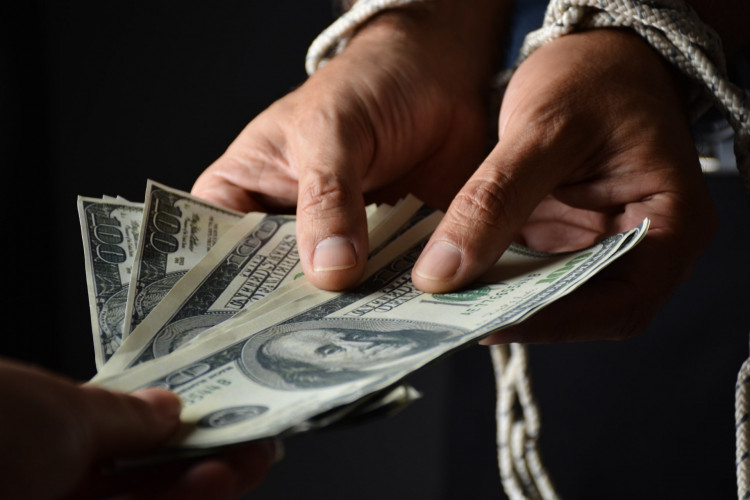At least 20 other states also provide financial aid to their citizens, and California is not the only one that has created stimulus checks and rebates to help residents deal with inflation. Despite the fact that gas prices have decreased since reaching a record high in June, drivers in California continue to pay the most per gallon of petrol on average, per data from AAA. California has a higher average gas price than the rest of the country ($6.33 vs. $3.92), at $6.33 a gallon.
As part of Governor Gavin Newsom's strategy to provide financial aid to numerous working families who have been severely impacted by rising gasoline costs, some 23 million Californians are set to receive an "inflation relief" check in the coming days.
The governor stated earlier this year that the checks are a component of a $17 billion relief package that also halted the state's sales tax on diesel fuel and gave additional aid to help households with rent and energy expenses.
Money started coming in on Friday, October 7. According to Vigliotti, individuals can choose to get a debit card in the mail or direct payment into their bank account. However, it can take many days or weeks for the money to show up. Nevertheless, the California Franchise Tax Board estimates that 90% of customers who get direct deposits will get their money by the end of October.
Some customers claimed to have gotten their checks via direct deposit on Friday on social media, while others claimed to still be waiting. Direct deposits will be made to taxpayers who listed their bank account information on their 2020 tax filings.
Taxpayers who submitted their addresses but no information about their bank accounts will be given a debit card. Other people who will get a debit card are:
-
Taxpayers who had their 2020 refunds direct deposited but have now changed their bank accounts or banks.
-
People who submitted tax returns on paper.
-
People who either paid their tax preparer with their tax refund or received the money in advance from their tax service provider.
-
Individuals from their 2020 tax returns who owe money.
Payments are made based on family size and income. Couples filing jointly and single taxpayers making less than $150,000 annually will each receive $350. Single taxpayers making less than $75,000 annually will also receive $350. Regardless of the overall number of dependents, taxpayers will receive an additional $350. To put it another way, a couple who makes $125,000 together and has two kids would be eligible for $350 for each adult and $350 for each of their kids, for a total of $1,050.






